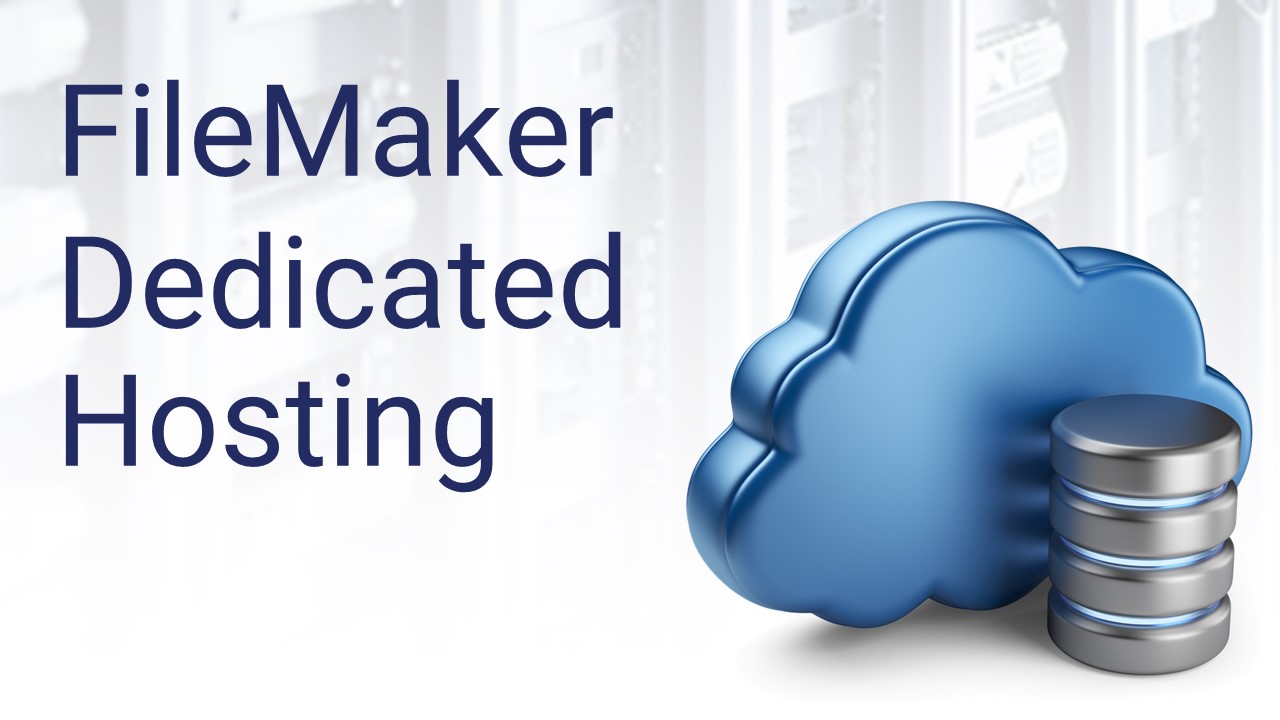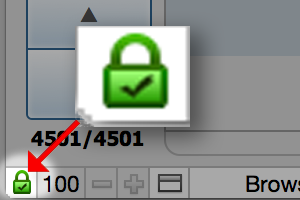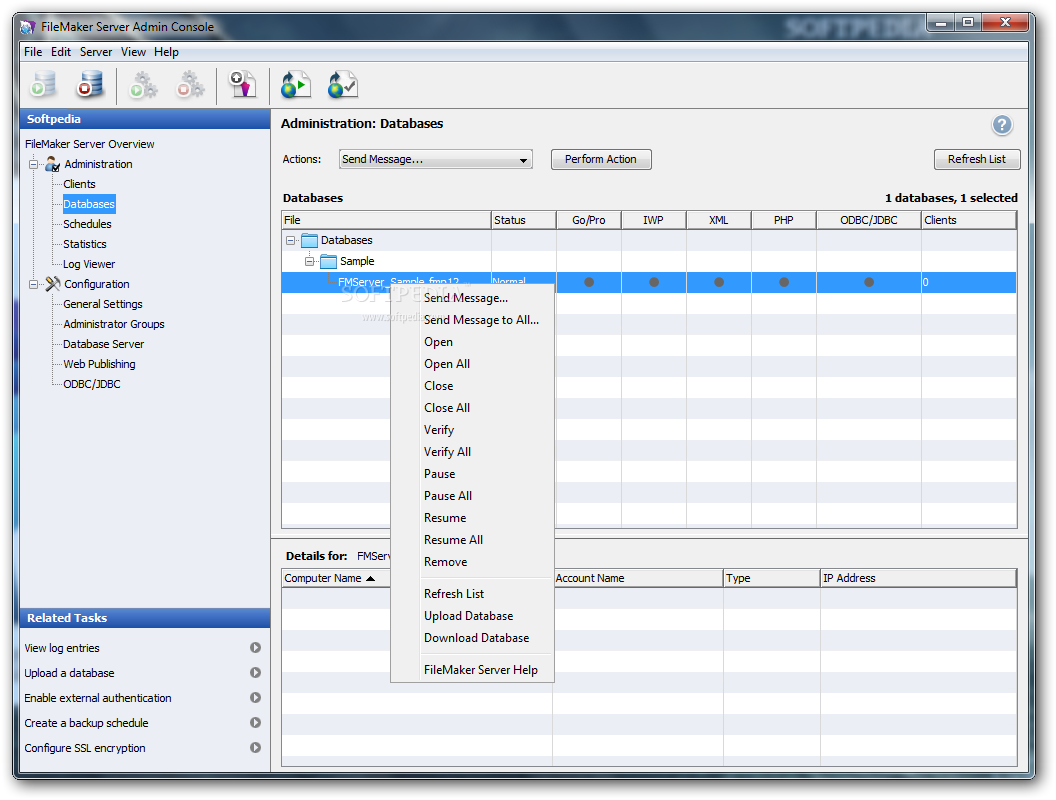
Michelle’s computer and HubSpot’s server come to an agreement that everything looks legitimate, and the two computers form a connection which is called a handshake. While Google Chrome is loading the site, Michelle’s computer receives HubSpot’s SSL certificate through a public key and verifies it with the certificate authority.

Initially, Michelle opens her laptop and types “” into her web browser, Google Chrome. To give you a simple but accurate overview of how SSL certificates work, let’s imagine our friend Michelle is visiting her favorite website,. SSL certificates can be a bit complicated to understand with all the technical jargon and acronyms. Ready to dive a little deeper? Let's do it. More of a visual learner? Check out this quick video on what SSL is and why you need it: Not to mention, SSL improves your ranking in search results. This added layer of security will protect you from data breaches, and it gives visitors a good reason to trust you with sensitive information. In short, your site should have SSL, especially if you process financial transactions. Without a secure connection, the data they share with you is at risk of falling into the wrong hands - compromising their privacy - which could mean steep consequences for your business. Your visitors expect your company to keep that data secure. Anytime a visitor accesses your website, data, like their IP address, gets transferred from one server to another before it reaches its destination. Your website is more than just a digital billboard - it’s a data highway between your business and your visitors. You may have noticed the lock icon next to the URL in your address bar. It ensures that all transferred data remains confidential.

With a text editor and copy and paste the entire file into our order form.Secure Sockets Layer (SSL) is a security protocol that creates an encrypted link between a web server and a web browser. Open a command prompt and run the following command line:įmsadmin certificate create "/CN=/O=Organisation_name/C=UK/ST=state/L=city" With a text editor and copy and paste the entire file into our order form. Your private key "serverKey.pem" and your CSR "serverRequest.pem" are located in the "CStore" folder of your FileMaker server.
Filemaker server 14 ssl certificate password#

Enter the other address to secure in the order form (those ones can be modified via reissuance). This one cannot be change during your certificate lifetime. In the case you want to order a multiple-domains / SANs certificate, just enter the main address in the CSR. Indicate here your SSL server name, such as "", "or "No IP address (learn more).


 0 kommentar(er)
0 kommentar(er)
